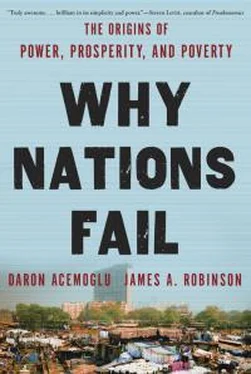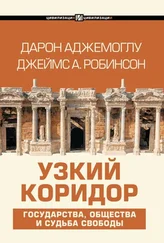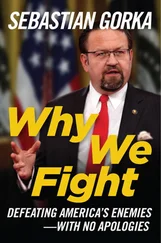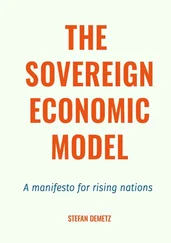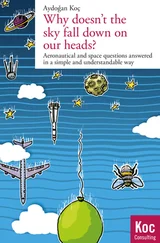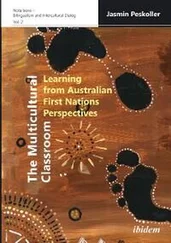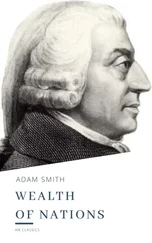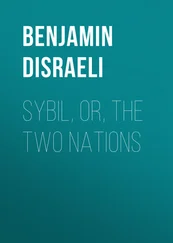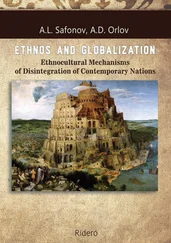PATH-DEPENDENT CHANGE
The world was changing in the 1870s and ’80s. Latin America was no exception. The institutions that Porfirio Díaz established were not identical to those of Santa Ana or the Spanish colonial state. The world economy boomed in the second half of the nineteenth century, and innovations in transportation such as the steamship and the railway led to a huge expansion of international trade. This wave of globalization meant that resource-rich countries such as Mexico—or, more appropriately, the elites in such countries—could enrich themselves by exporting raw materials and natural resources to industrializing North America or Western Europe. Díaz and his cronies thus found themselves in a different and rapidly evolving world. They realized that Mexico had to change, too. But this didn’t mean uprooting the colonial institutions and replacing them with institutions similar to those in the United States. Instead, theirs was “path-dependent” change leading only to the next stage of the institutions that had already made much of Latin America poor and unequal.
Globalization made the large open spaces of the Americas, its “open frontiers,” valuable. Often these frontiers were only mythically open, since they were inhabited by indigenous peoples who were brutally dispossessed. All the same, the scramble for this newly valuable resource was one of the defining processes of the Americas in the second half of the nineteenth century. The sudden opening of this valuable frontier led not to parallel processes in the United States and Latin America, but to a further divergence, shaped by the existing institutional differences, especially those concerning who had access to the land. In the United States a long series of legislative acts, ranging from the Land Ordinance of 1785 to the Homestead Act of 1862, gave broad access to frontier lands. Though indigenous peoples had been sidelined, this created an egalitarian and economically dynamic frontier. In most Latin American countries, however, the political institutions there created a very different outcome. Frontier lands were allocated to the politically powerful and those with wealth and contacts, making such people even more powerful.
Díaz also started to dismantle many of the specific colonial institutional legacies preventing international trade, which he anticipated could greatly enrich him and his supporters. His model, however, continued to be not the type of economic development he saw north of the Rio Grande but that of Cortés, Pizarro, and de Toledo, where the elite would make huge fortunes while the rest were excluded. When the elite invested, the economy would grow a little, but such economic growth was always going to be disappointing. It also came at the expense of those lacking rights in this new order, such as the Yaqui people of Sonora, in the hinterland of Nogales. Between 1900 and 1910, possibly thirty thousand Yaqui were deported, essentially enslaved, and sent to work in the henequen plantations of Yucatán. (The fibers of the henequen plant were a valuable export, since they could be used to make rope and twine.)
The persistence into the twentieth century of a specific institutional pattern inimical to growth in Mexico and Latin America is well illustrated by the fact that, just as in the nineteenth century, the pattern generated economic stagnation and political instability, civil wars and coups, as groups struggled for the benefits of power. Díaz finally lost power to revolutionary forces in 1910. The Mexican Revolution was followed by others in Bolivia in 1952, Cuba in 1959, and Nicaragua in 1979. Meanwhile, sustained civil wars raged in Colombia, El Salvador, Guatemala, and Peru. Expropriation or the threat of expropriation of assets continued apace, with mass agrarian reforms (or attempted reforms) in Bolivia, Brazil, Chile, Colombia, Guatemala, Peru, and Venezuela. Revolutions, expropriations, and political instability came along with military governments and various types of dictatorships. Though there was also a gradual drift toward greater political rights, it was only in the 1990s that most Latin American countries became democracies, and even then they remain mired in instability.
This instability was accompanied by mass repression and murder. The 1991 National Commission for Truth and Reconciliation Report in Chile determined that 2,279 persons were killed for political reasons during the Pinochet dictatorship between 1973 and 1990. Possibly 50,000 were imprisoned and tortured, and hundreds of thousands of people were fired from their jobs. The Guatemalan Commission for Historical Clarification Report in 1999 identified a total of 42,275 named victims, though others have claimed that as many as 200,000 were murdered in Guatemala between 1962 and 1996, 70,000 during the regime of General Efrain Ríos Montt, who was able to commit these crimes with such impunity that he could run for president in 2003; fortunately he did not win. The National Commission on the Disappearance of Persons in Argentina put the number of people murdered by the military there at 9,000 persons from 1976 to 1983, although it noted that the actual number could be higher. (Estimates by human rights organizations usually place it at 30,000.)
MAKING A BILLION OR TWO
The enduring implications of the organization of colonial society and those societies’ institutional legacies shape the modern differences between the United States and Mexico, and thus the two parts of Nogales. The contrast between how Bill Gates and Carlos Slim became the two richest men in the world—Warren Buffett is also a contender—illustrates the forces at work. The rise of Gates and Microsoft is well known, but Gates’s status as the world’s richest person and the founder of one of the most technologically innovative companies did not stop the U.S. Department of Justice from filing civil actions against the Microsoft Corporation on May 8, 1998, claiming that Microsoft had abused monopoly power. Particularly at issue was the way that Microsoft had tied its Web browser, Internet Explorer, to its Windows operating system. The government had been keeping an eye on Gates for quite some time, and as early as 1991, the Federal Trade Commission had launched an inquiry into whether Microsoft was abusing its monopoly on PC operating systems. In November 2001, Microsoft reached a deal with the Justice Department. It had its wings clipped, even if the penalties were less than many demanded.
In Mexico, Carlos Slim did not make his money by innovation. Initially he excelled in stock market deals, and in buying and revamping unprofitable firms. His major coup was the acquisition of Telmex, the Mexican telecommunications monopoly that was privatized by President Carlos Salinas in 1990. The government announced its intention to sell 51 percent of the voting stock (20.4 percent of total stock) in the company in September 1989 and received bids in November 1990. Even though Slim did not put in the highest bid, a consortium led by his Grupo Corso won the auction. Instead of paying for the shares right away, Slim managed to delay payment, using the dividends of Telmex itself to pay for the stock. What was once a public monopoly now became Slim’s monopoly, and it was hugely profitable.
The economic institutions that made Carlos Slim who he is are very different from those in the United States. If you’re a Mexican entrepreneur, entry barriers will play a crucial role at every stage of your career. These barriers include expensive licenses you have to obtain, red tape you have to cut through, politicians and incumbents who will stand in your way, and the difficulty of getting funding from a financial sector often in cahoots with the incumbents you’re trying to compete against. These barriers can be either insurmountable, keeping you out of lucrative areas, or your greatest friend, keeping your competitors at bay. The difference between the two scenarios is of course whom you know and whom you can influence—and yes, whom you can bribe. Carlos Slim, a talented, ambitious man from a relatively modest background of Lebanese immigrants, has been a master at obtaining exclusive contracts; he managed to monopolize the lucrative telecommunications market in Mexico, and then to extend his reach to the rest of Latin America.
Читать дальше
